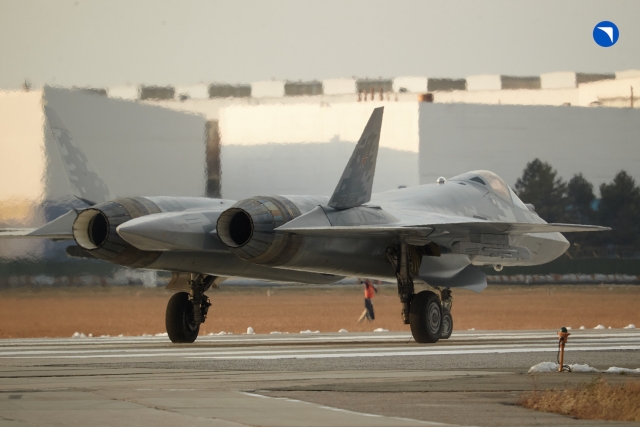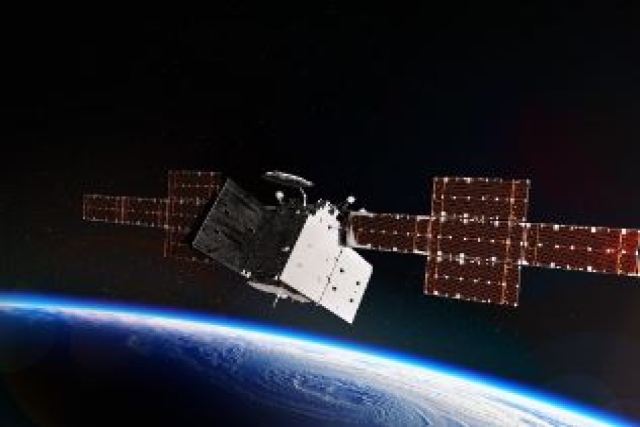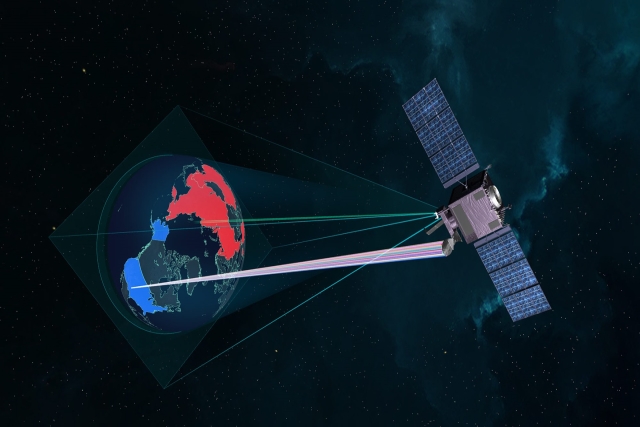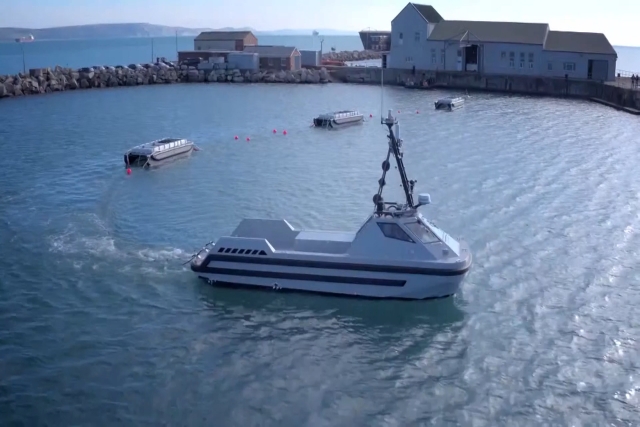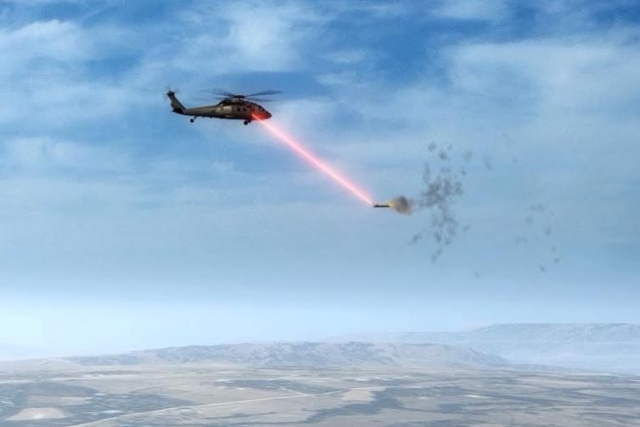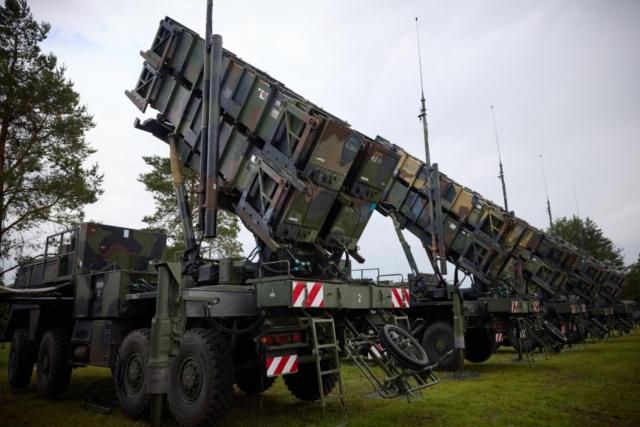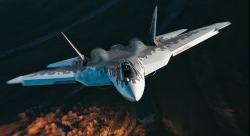U.S. Air Force Tests New Heat-Control Technology for Spacecraft
This technology could improve spacecraft reliability and protect electronics from extreme temperatures.
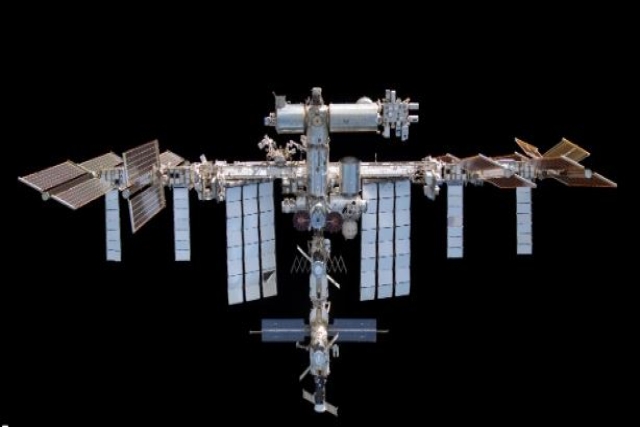
The U.S. Air Force Research Laboratory (AFRL) launched the Space Power InfraRed Regulation and Analysis of Lifetime (SPIRRAL) experiment on November 4, as part of the Department of Defense Space Test Program.
The experiment focuses on evaluating Variable Emissivity Materials (VEMs), a technology aimed at addressing thermal challenges for spacecraft during on-orbit operations.
VEMs are surface finishes that alter their infrared optical properties based on temperature. While these changes are invisible to the human eye, they allow the materials to either retain or reject heat as needed. When exposed to high temperatures, VEMs reflect heat to cool the system, and when temperatures drop, they retain heat to mitigate extreme thermal fluctuations.
“Temperature management is critical for electronics in space, much like in everyday devices such as cell phones and computers,” said Bryce Hart, SPIRRAL Program Manager. “Extreme temperatures can cause irreversible damage, so thermal regulation is essential for operational efficiency and longevity.”
The SPIRRAL experiment, hosted aboard an Aegis Aerospace Materials International Space Station Experiment (MISSE) carrier, exposes VEM samples to the extreme environment of space. Attached to the International Space Station (ISS), the carrier gathers performance data on the VEMs under varying temperature conditions. This information is compared to predictions from ground-based models, enabling the validation and refinement of the technology.
“Thermal management in space presents unique challenges,” noted Isaac Foster, SPIRRAL Principal Investigator. “VEMs provide a passive and reliable solution for spacecraft, addressing issues that traditional thermal management systems cannot. On-orbit demonstrations like SPIRRAL are essential to advancing this technology and enhancing spacecraft resiliency.”
SPIRRAL is part of AFRL’s Space Solar Power Incremental Demonstrations and Research (SSPIDR) Project. SSPIDR aims to develop a space-based solar power collection and transmission system capable of delivering uninterrupted power to expeditionary forces. Such a system would require low-mass thermal management solutions, as its electronics are vulnerable to the extreme temperature shifts experienced in orbit. VEMs offer a passive alternative to active thermal control systems, improving performance while reducing complexity.
